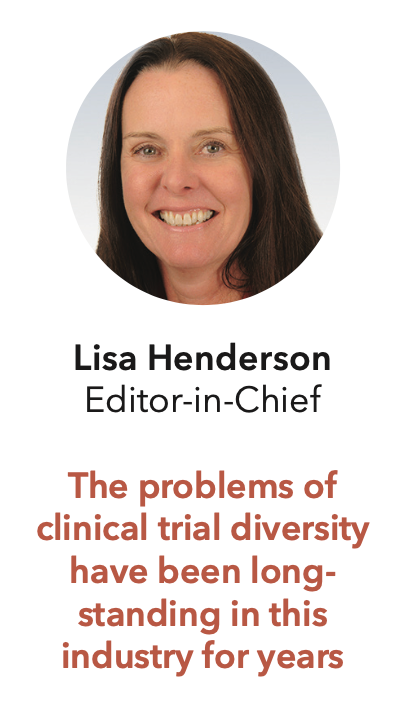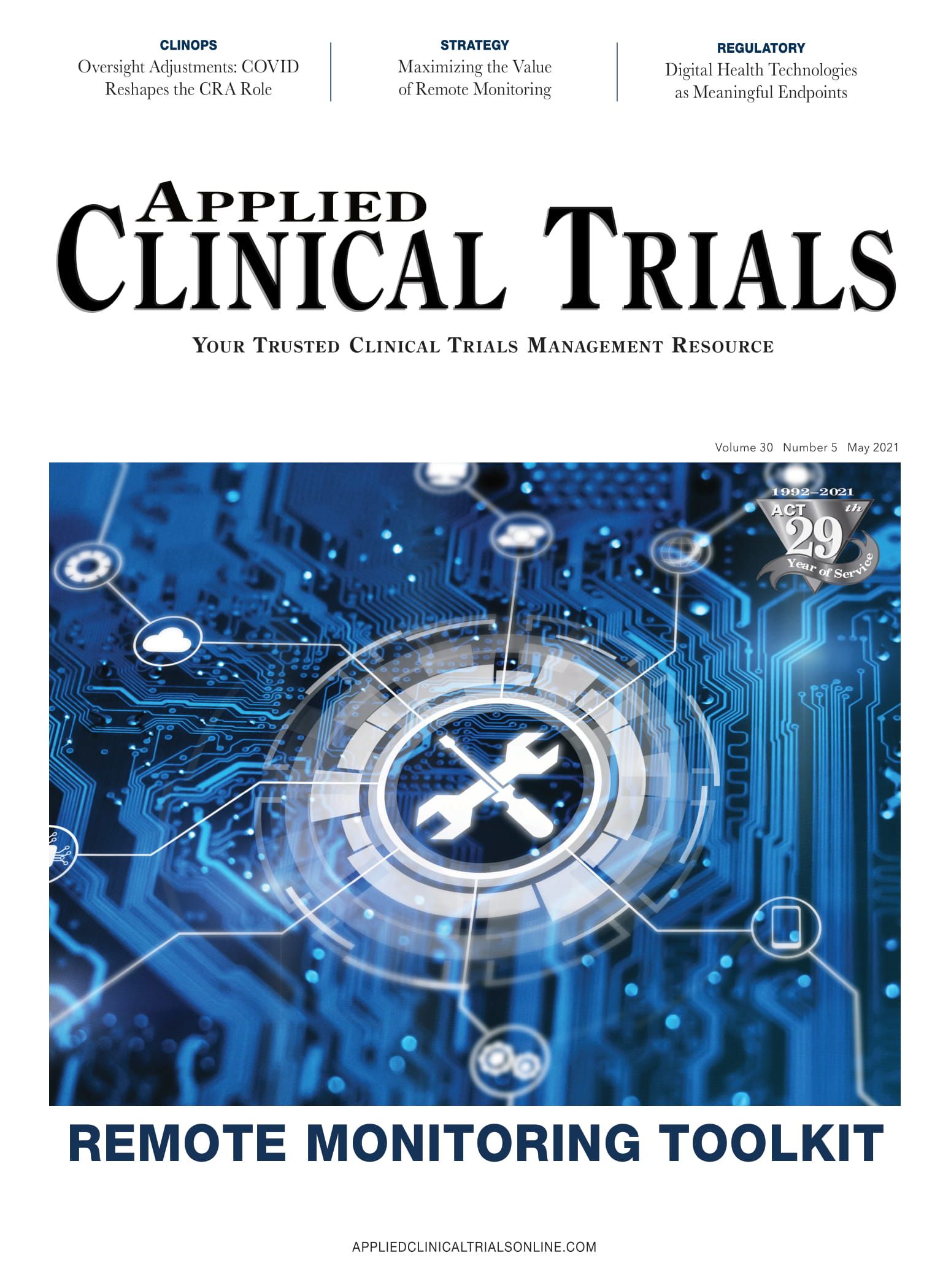Clinical Trials Day Every May, or Every Day?
Upcoming Clinical Trials Day allows industry to look back—and forward.

May 20 is Clinical Trials Day. If you don’t know about the day, or its history, please access ACRP’s resource here. Using the hashtag #CTD2021 on May 20, you’ll be able to follow how this event is recognized globally. Given that clinical trials became more well-known than ever with COVID-19 prominence, 2021 would be a great year for those inside the industry to take a collective bow for all the work that goes into a single clinical trial, let alone the thousands that are running every day.
With the successes of the COVID-19 vaccine trials and treatments, which are still continuing and will continue–unfortunately–in the form of Long COVID, many have called for the industry to “not go back.” That is, to take all of the new processes, technologies, collaborations and incorporate them into clinical trials of the present/near future.
There is something to be said for the “#NoGoingBack” movement. But there is also something to be said for realizing how we got here. And that is a healthcare/medical and clinical trials/scientific ecosystem that work in parallel, needing each other, but never communicating figuratively and literally, if you are speaking of data interoperability.
Should it be a surprise that the many actions needed around clinical trials to become more efficient and patient-centric are also the ones needed to counter healthcare disparities? Ie., in reaching rural populations, people with disabilities and chronic conditions, people without access to flexible transportation, people on fixed or low incomes?
The problems of clinical trial diversity have been long-standing in this industry for years. COVID-19 brought it to the forefront, again. But doesn’t the fact that the lack of heterogeneic clinical trials as a perpetual problem signals a larger issue? Not just the inequality of healthcare access, but that clinical trials are hard to find, cumbersome to participate in, stressful and harbor the potential for no emotional or physical reward…aren’t those symptoms of something larger at play?
But clinical trials have pre-existing conditions. They exist after the trusted physician relationship. They exist after the diagnosis. As an unfamiliar add-on to an already overwhelming experience. Clinical trials need to find their way into a more simple system. And/or using real-world evidence, as that informs trial decision-making. Or into the learning healthcare system. Earth Day is celebrated on April 22. Does anyone remember the saying, “Earth Day is Every Day”? That’s where clinical trials need to go. They need to be a true part of everyone’s health, which can be quickly accessed and integrated and learned from much more quickly. Clinical Trials Day is Every Day.
Lisa Henderson is Editor-in-Chief of Applied Clinical Trials. She can be reached at lhenderson@mjhlifesciences.com.
